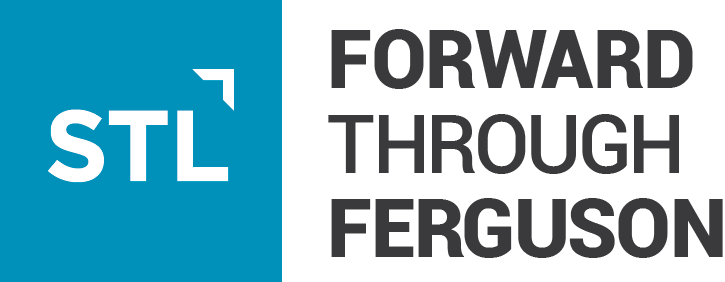Racial Equity
Lens Assessment
As the overarching theme in the report, racial equity is at the heart of many of our calls to action. The calls in this section address intentional investments and practices aimed to build infrastructure and connective tissue for racial equity for work in the St. Louis region.
| Signature Calls to Action | Indicators |
|---|---|
| Create a 25-year fund to support racial equality;
Broadly Apply a Racial Equality Framework; Engage the Faith Community in the Racial Equity Mission |
|
Citations
- Chetty, R. (2014) Improving opportunities for economic mobility in the United States. Retrieved from: https://www.budget.senate.gov/ democratic/public/_cache/files/08bd12ef-104d-44c0-a589-20dcb426b833/chetty-mobility-testimony.pdf
- East-West Gateway Council of Governments (2014). Racial segregation and disparity. . Retrieved from https://www.ewgateway.org/ pdffiles/newsletters/WWS/WWS6EdNo9.pdf
- National Urban League Policy Institute (2012). State of urban health: Eliminating health disparities to save lives and cut costs. Retrieved from https://iamempowered.com/sites/default/files/nul_state_of_urban_health_2012_report_.pdf
- Public Policy Research Center. (2015). An equity assessment of the St. Louis region. University of Missouri-St. Louis Retrieved from https://pprc.umsl.edu/pprc.umsl.edu/data/stl_equity_assessment_may2015.pdf
- Purnell, J., Drake, B.F., Goodman, M., Hudson, D.K., Tate, W.F., Camberos, G., Fields, R., Elder, K., Gilbert, K.L. (2014). For the sake of all: A multidisciplinary study on the health and well-being of African Americans in St. Louis. Institute for Public Health. Retrieved from https://publichealth.wustl.edu/projects/sake/
